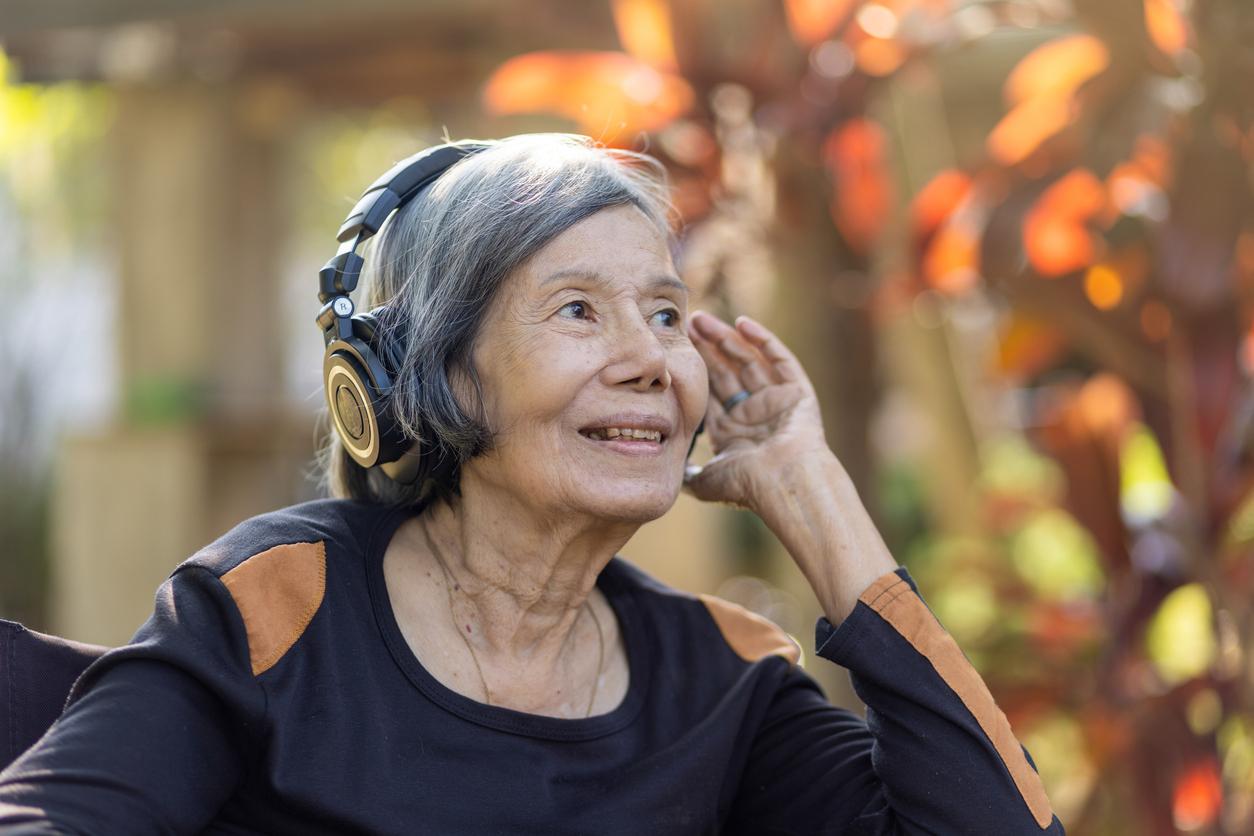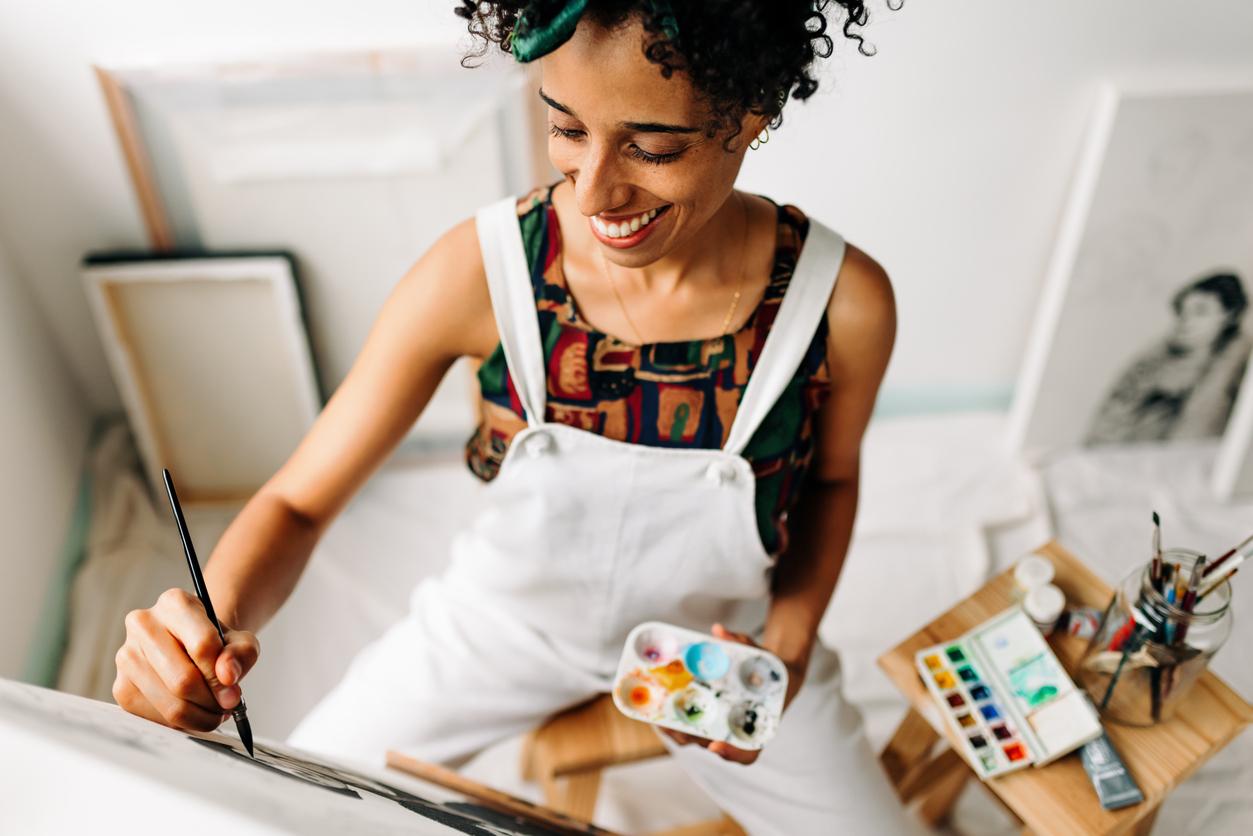Art can be not only a means of expression, but also a therapy for some.

It is not necessary to have knowledge of painting or sculpture to access art therapy. This full-fledged psychotherapy is aimed at all those who suffer from a psychological or psychiatric problem.
What is art therapy?
This form of psychotherapy helps stimulate creativity and overcome personal difficulties through any form of support: drawing, painting, sculpture, ceramics, music, theater, dance, make-up or even sewing. .
Regardless of the field chosen, the main thing is to be accompanied by a competent art therapist. Through creation, he helps to express the most intimate emotions, and to take a step back from his suffering. The goal is to access the unconscious through one’s own artistic creation.
Who is art therapy for?
Anyone can access art therapy, even without skill or knowledge in the artistic field. You may be suffering from psychological disorders related to a feeling of discomfort or a lack of self-confidence; touched by existential questions; have mood disorders such as depression or bipolar disorder; anxiety disorders, including phobias or OCD; psychoses such as schizophrenia for example; suffer from addictions, eating disorders, or personality disorders.
Art therapy is a source of well-being that is often offered in addition to psychological, psychiatric or drug treatment.
How does an art therapy session go?
After welcoming the person in a secure environment, the art therapist defines with them their expectations and needs before explaining the available supports. It also defines the frequency and pace of the follow-up.
The therapist then guides creativity and emotions without judgment and always with kindness. A discussion time can be offered at the end of the session to conclude and anticipate the next time.

.
















